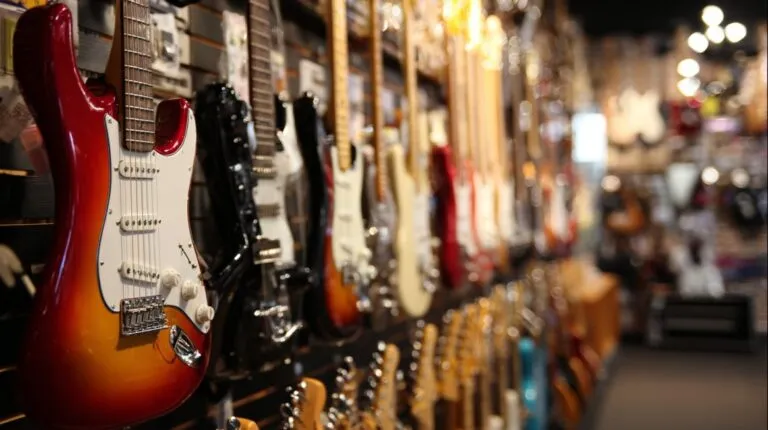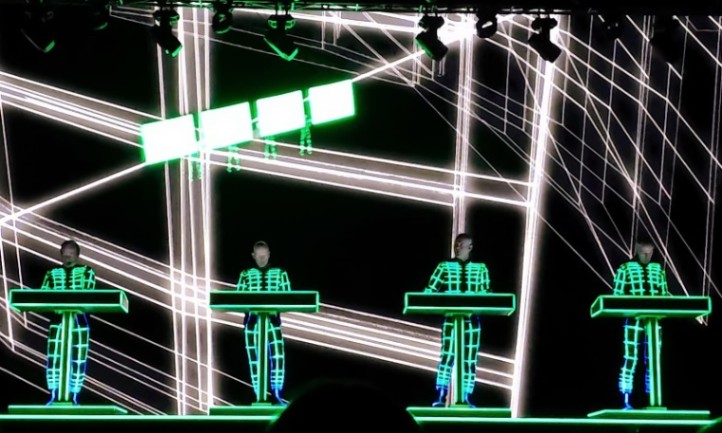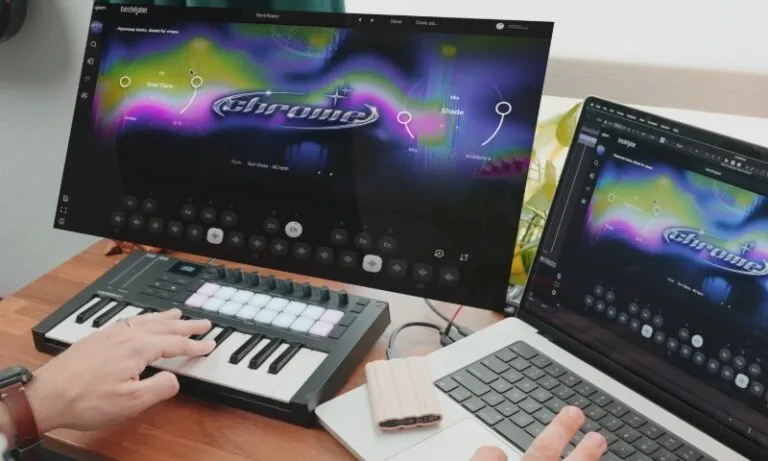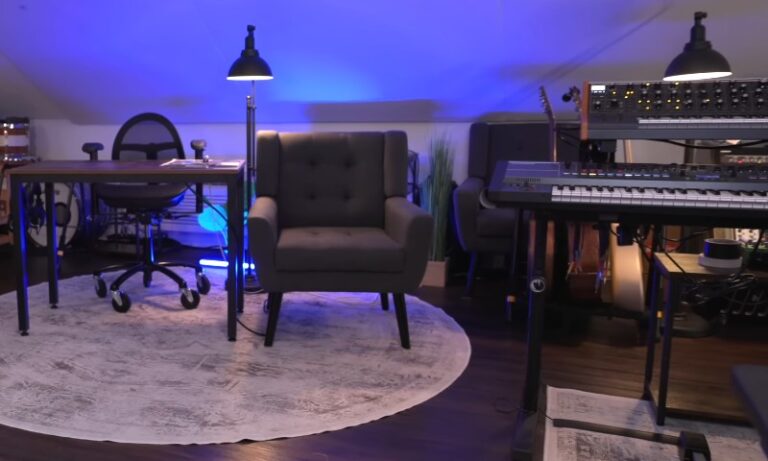Every successful concert begins long before the first chord hits the air. A packed venue, flashing lights, and a roaring crowd do not happen by accident. Planning controls everything. Headliners draw the fans, but without careful coordination, the whole show falls apart.
The audience expects more than a few songs. They expect a full-blown experience. The moment tickets go live, anticipation builds. The countdown begins.
A well-produced concert includes far more than music. VIP sections attract high-profile guests who expect comfort, exclusivity, and seamless service. Celebrities will walk through that private entrance.
They will sip premium drinks and pose for cameras. Their presence alone can boost media coverage and ticket sales. Fans do not just want to hear the music. They want to witness the event. They want moments worth remembering, recording, and sharing. The pressure lands on the team behind the curtain.
Tucked between lighting rigs and security barriers, you might catch a glimpse of the robotic arm from hypeclip.com sweeping across the crowd. Its lens locks onto the main star, then shifts to capture glimmering outfits and jaw-dropping reactions from famous faces.
One spin, one pass, and the clip goes viral. That kind of detail adds spark. It does not drive the show, but it elevates the energy. When that moment hits, everything behind the scenes must already be flawless.
No one can afford to wing it. Every wire, pass, guardrail, and schedule must fit together with precision. The next sections will break down each part of the planning process, from early logistics to final cleanup.
Table of Contents
ToggleSet the Goal and Control the Budget

The wrong goal invites the wrong crowd. The wrong budget kills the whole plan. Get both right before the first call or booking. No venue, artist, or ad spend should ever happen without full clarity.
Lock in the Type of Concert
Private show, album launch, charity event, open-air festival, exclusive fan night—each format carries different technical, legal, and audience needs. Match artist style, audience size, and atmosphere to the core event type. One misfit can derail flow and kill energy.
Break the Budget into Hard Limits
Split every dollar into fixed sections: artist fees, production, venue, permits, staffing, gear, hospitality, and safety. No guessing. Each line must have a cap. Always include a fallback reserve. Never dip into another section.
Match Scale to Real Resources
Big names cost more. Outdoor shows cost more. Custom stages cost more. No budget expands later. Pick realistic artist tiers, production scale, and marketing reach. If sponsors are expected, confirm them before spending anything.
Handle Contracts with Payment Terms
Every agreement needs deposits, deadlines, cancellation terms, and refund clauses. Never move forward without signed confirmation. Every vendor must follow the timeline. Missed payments break the schedule and ruin relationships.
Pick the Date and Secure the Venue
No planning survives a bad date or a poor venue fit. One wrong move here cuts the crowd in half or creates technical chaos. Both must lock early, before anything else moves forward.
Avoid Conflicts and Off-Days
Never schedule during large city events, national holidays, or major sports finals. Weekends work better for general audiences. Midweek can work for industry showcases or private launches. Research the local calendar first.
Balance Capacity with Crowd Goals
A 200-person artist will never fill a 2,000-seat hall. Small crowds in large spaces kill energy. Oversold rooms trigger safety issues. Match audience size to venue type. Example:
| Artist Type | Venue Type | Max Capacity |
| Local Indie Band | Small Club | 300 |
| Touring Rap Artist | City Theater | 1,200 |
| Pop Headliner | Indoor Arena | 5,000+ |
Confirm Backstage and Tech Specs
No soundcheck, no show. Confirm power load, rigging limits, ceiling height, load-in access, and dressing rooms. Stadiums and parks require portable structures. Clubs may lack isolation or lighting support. Always tour the space in person.
Lock Venue Contract Before Announcements
Never post a flyer before the venue signs. Lock the hours, insurance needs, staff count, and cleanup terms. Add cancellation clauses. Every hour inside must be accounted for—arrival, setup, doors, show, breakdown.
Gather the Team and Assign Each Role

Each task needs one name. No overlaps. No guesswork. Bad staffing kills the best concept.
Build Around Core Roles
At minimum, every concert needs:
- Event director
- Technical lead
- Artist liaison
- Stage manager
- Front-of-house crew
- Security lead
- Hospitality coordinator
- Ticketing and guest list control
Assign each name before moving forward.
Hire Based on Venue Size
Club shows may need 5–7 staff. Large halls or outdoor shows require 30–50 workers minimum.
Example:
| Venue Size | Staff Needed |
| 300-person club | 1 FOH, 1 Tech, 1 Security, 1 Hospitality |
| Theater 1000+ | 1 Director, 2 Tech, 3 FOH, 4 Security, 2 Stagehands |
| Outdoor Park Show | Full crew plus EMTs, police liaison, catering crew, logistics lead |
Brief Everyone with Printed Runsheets

Issue printed runsheets with times, roles, and backups. Include artist arrival, soundcheck, doors, opening act, headline set, encore, and teardown.
Book the Performers and Lock in the Gear
No concert without talent. No sound without gear. Every part must suit the type of show. Start early, confirm fast, and never skip tech checks. The wrong mic ruins everything.
Secure Artists That Match the Venue
Local bands work best for bars and clubs. Mid-tier touring artists need real tech support. Major names often require buyouts, hotel packages, and transport. Match reach to venue, budget, and goal.
Handle Artist Riders Without Delay
Every artist has a rider. That means sound specs, food demands, dressing room items, and tech requests. Some examples:
- Sound: 3 vocal mics (Shure SM58), 2 DI boxes, 4 monitors
- Hospitality: 2 bottles of spring water, hot meals for 5
- Transport: 2 vans with driver, load-in at 2PM
- Backline: Drum kit, bass amp, 2 guitar amps (Fender, Marshall)
Never guess. Ask, list, and confirm.
Book Gear Through Trusted Vendors
Never go cheap on sound or light. Work with vendors who specialize in live concerts. For medium-sized shows, you may need:
- 16-channel mixer
- Line array PA system
- Monitor wedges
- LED wash lights
- Truss and stands
- Fog or haze machine (if indoors)
Get Every Permit and Secure Insurance
No show can go live without legal protection. Permits open the gate. Insurance shields your crew, audience, and property. Skip either, and risk cancellation, fines, or worse.
Know What the City Requires
Each city issues different permits. You may need:
- Public assembly permit
- Noise permit
- Temporary structure permit
- Street closure approval
- Alcohol sale permit
- Food vendor licenses
Always check with the local city office or event board. File early.
Secure Event Insurance with Full Coverage

General liability insurance is a must. Add coverage for:
- Equipment damage
- Artist cancellations
- Weather risks (for outdoor shows)
- Worker injury
Example: For a 1,500-person concert, standard coverage starts at $1M minimum. Larger venues may demand $2M to $5M.
Include Every Party on Policy
Venue owners, artist managers, and vendors often ask to be added to your policy as “additional insured.” Always provide documentation in advance. Never wait until show week.
Promote the Show and Drive Ticket Sales
No fans, no show. A strong concert needs a packed room. Ads, videos, word-of-mouth, and timing all matter.
Create a Clear Promotion Plan

Start 6 to 8 weeks out. Build a timeline that covers:
- Teaser drop
- Lineup announcement
- Early-bird ticket release
- Artist interviews or livestreams
- Countdown posts
- Final push the week of event
Each step must use the right channel—social, email, press, posters.
Use Every Channel, But Track Results
Split the strategy across:
- Instagram reels
- TikTok cuts
- Local press mentions
- Music blogs
- Paid ads (Facebook, YouTube)
- Physical posters near venues or campuses
Tier the Ticket Prices
| Ticket Type | Features | Avg. Price |
| General Entry | Access to show floor | $20–$50 |
| Early Bird | Discounted limited quantity | $15–$30 |
| VIP | Lounge access, free drinks | $75–$150 |
| Backstage Pass | Meet and greet, merch bundle | $200+ |
Design the Space and Build the Schedule
Layout and timing decide flow. Even with great music, bad design kills the vibe. A solid schedule avoids confusion and keeps the crowd engaged from entry to encore.
Map the Space Before Setup

Sketch every detail:
- Stage placement
- Audience entry flow
- Emergency exits
- Merch tables
- VIP zone
Green room access
Use software like SketchUp or free online layout tools. Test walking paths and fire access.
Control the Timing
Your timeline should cover:
| Time | Task |
| 12:00 PM | Crew load-in starts |
| 2:00 PM | Artist soundcheck |
| 5:00 PM | Doors open |
| 6:30 PM | Opening act |
| 8:00 PM | Headliner |
| 9:45 PM | Encore |
| 10:30 PM | Clear stage, strike begins |
Keep a printed version at all staff posts.
Run the Show with Full Control and Timing

No plan survives without real-time control. One missed cue leads to sound gaps, artist tension, or worse. Every second counts.
Open Doors with Staff in Place
- Every post must be filled before opening:
- Entry scanners
- Bag checkers
- Guest list table
- VIP escort
- EMT crew
- Stage manager
- House audio and lighting tech
- Run a briefing 90 minutes before doors.
Clear the Space and Pack Every Item
Teardown needs speed, accuracy, and zero mess. One lost cable or venue complaint costs future bookings. Finish strong, even after the music ends.
Dismantle with a Full Checklist
Print teardown lists for:
- Sound team
- Lighting crew
- Staging crew
- Vendor booths
- Hospitality area
Label every crate. Use check-in/check-out logs.
Last Words
No perfect concert happens by luck. Every packed room, flawless set, and screaming encore starts with a clear plan and ends with total control. The goal shapes the budget. The budget shapes the team. The team shapes the show.
Each section of the process must stand on its own—no guessing, no overlap, no shortcuts. Lock the permits. Secure the artist. Design the flow. Keep every vendor accountable. Clean the venue like your name depends on it.









